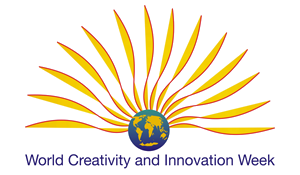Looking to engage office creativity? Eliminate psychological harassment
Wonder why people aren’t engaged when asked for creative ideas ? Could be that there’s some psychological harassment going on.
If people you work with behave as in the list below, you can bet that there are interpersonal factors that block to allow free thinking and new ideas.
- Make rude, degrading or offensive remarks
- Act to intimidate or get back at someone
- Discredit others by spreading rumours
- Ridicule or humiliate others’ private life
- Belittle people by asking them to do tasks that are below their skill base
- Engage in or encourage others in professional misconduct
- Prevent others from expressing themselves through yelling, cutting them off while they are speaking, isolating them
- Refuse to talk to a person, not acknowledge a person’s existence
- Make fun of a person’s convictions, tastes or political choice
As a leader you can consider how you can model idea-supporting and engagement-producing behaviours. Turn the above statements around to nurture and sustain creativity’s growth, such as
- Make affirming, valuing remarks
- Act to support other’s success
- Spread other people’s success stories
- Honour people’s private lives
- Ask people to do tasks that stretch their skill level
- Behave ethically
When you do, you’ll replace psychological harassment with psychological safety, and then watch the creative ideas flow!
If there is psychological harassment going on, here are a few steps to take – programs to instill, actions to begin
- Promote respectful interpersonal communication – use psychological inventories, such as the Myers Briggs Type Indicator® instrument (I use its framework with executive teams to improve effective communication and navigate innovation through transformation. The interventions often result in them welcoming creative thinking and action and making flexible and productive organizational differences).
- Establish a known procedure that is known, efficient, credible and reality-based to handle conflicts confidentially
- Take a different approach to understanding conflict resolution – visit the Center for Non-Violent Communication for tips, assessments and language


Recent Comments